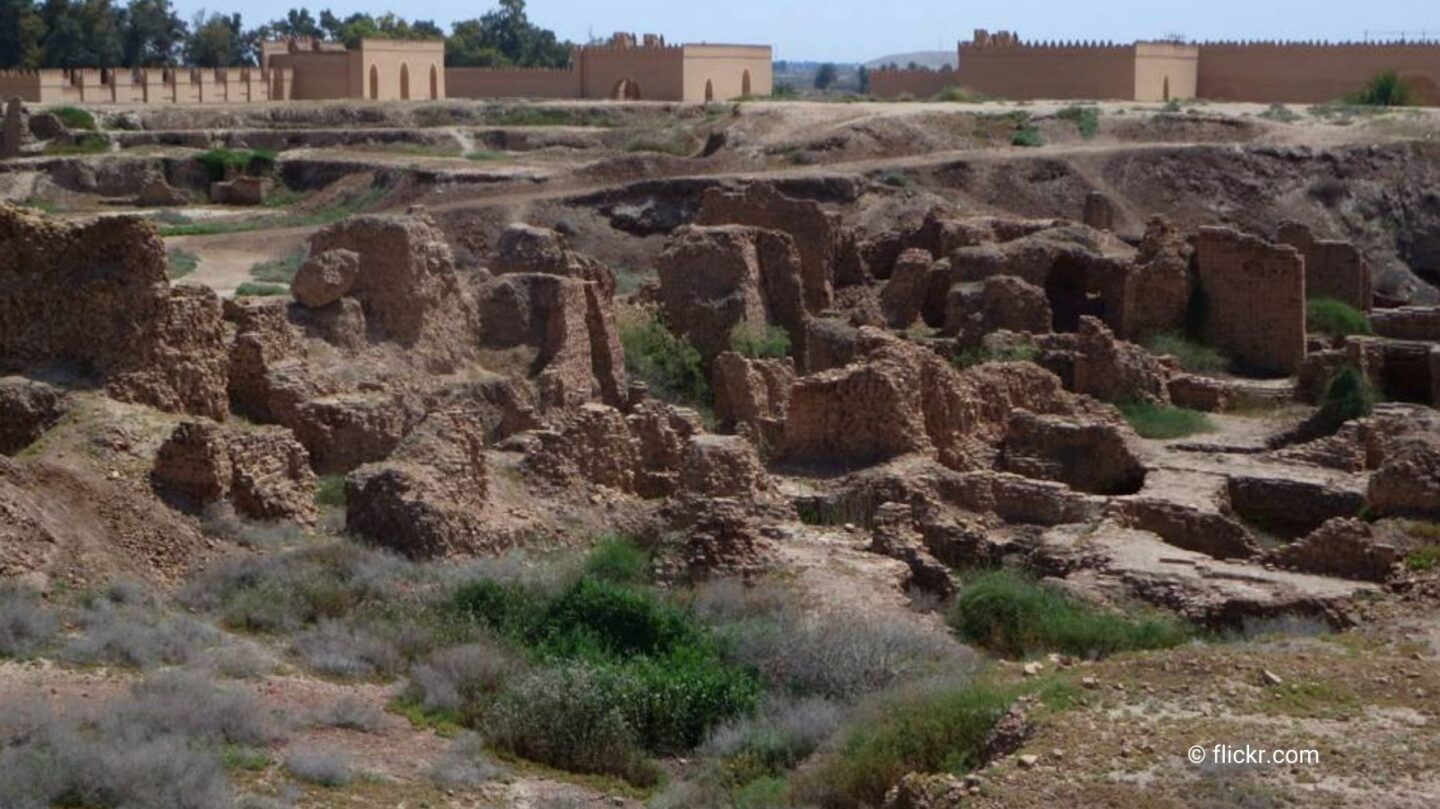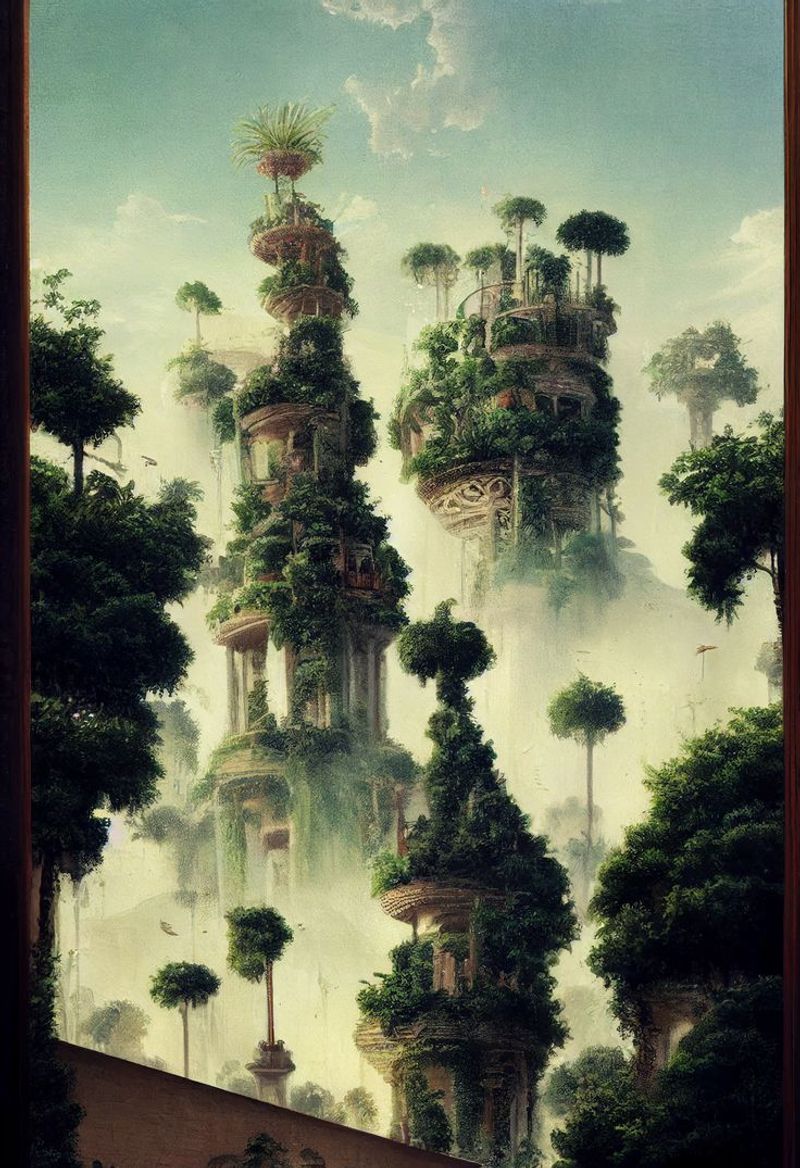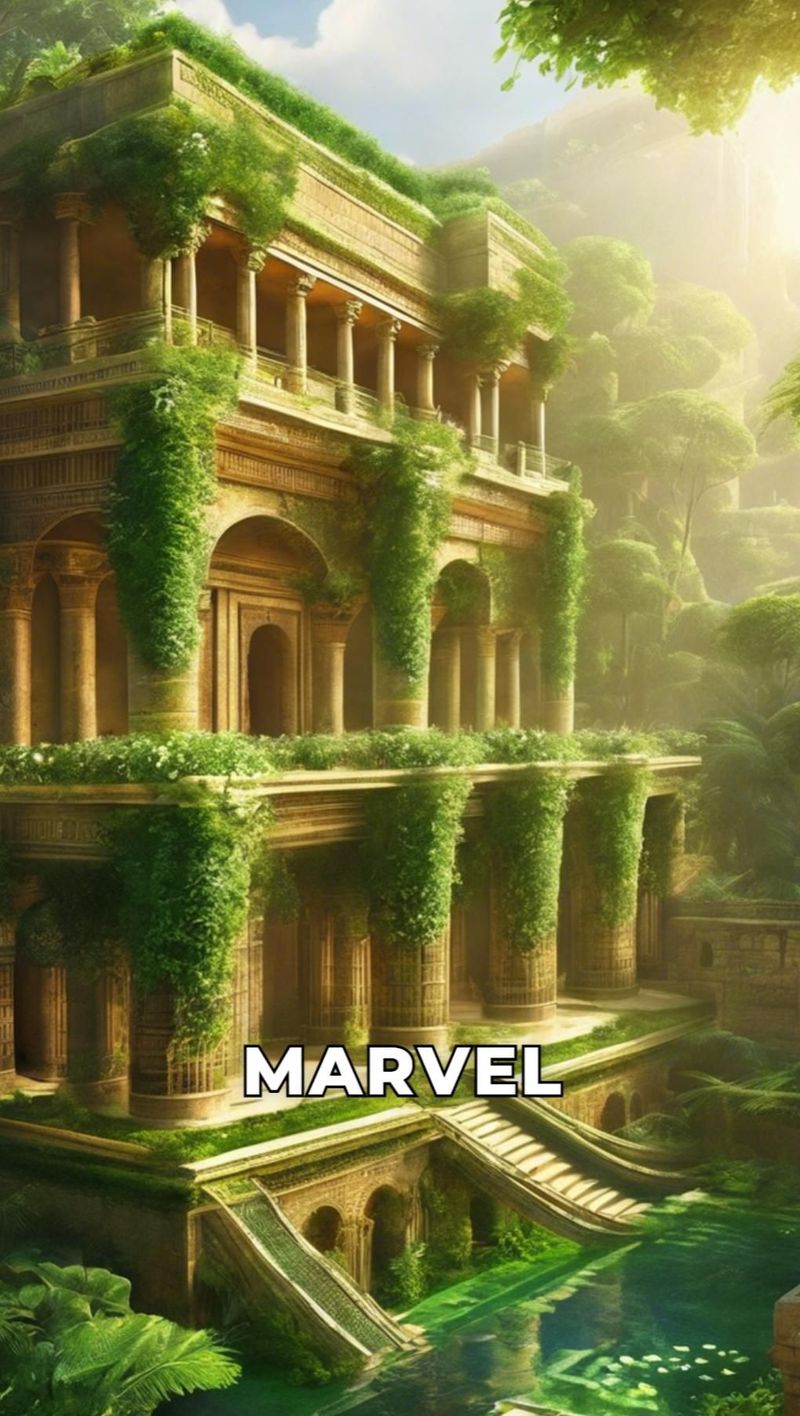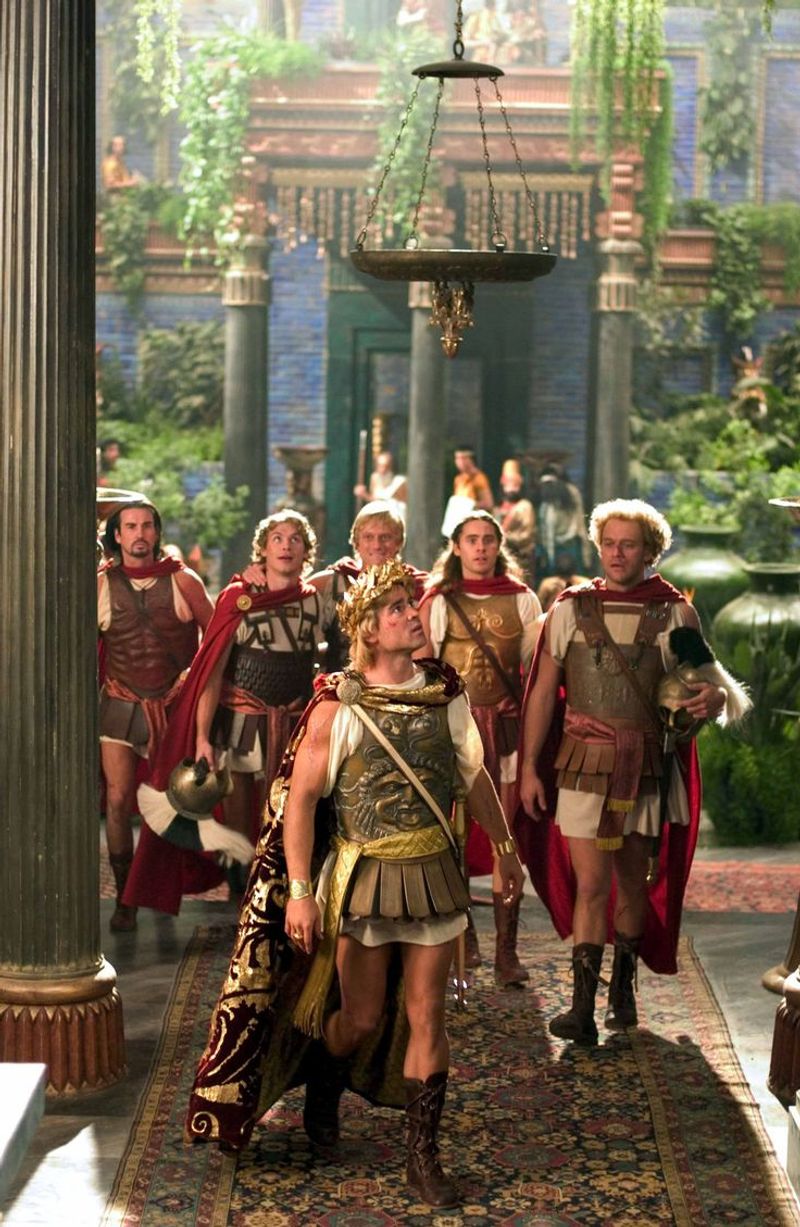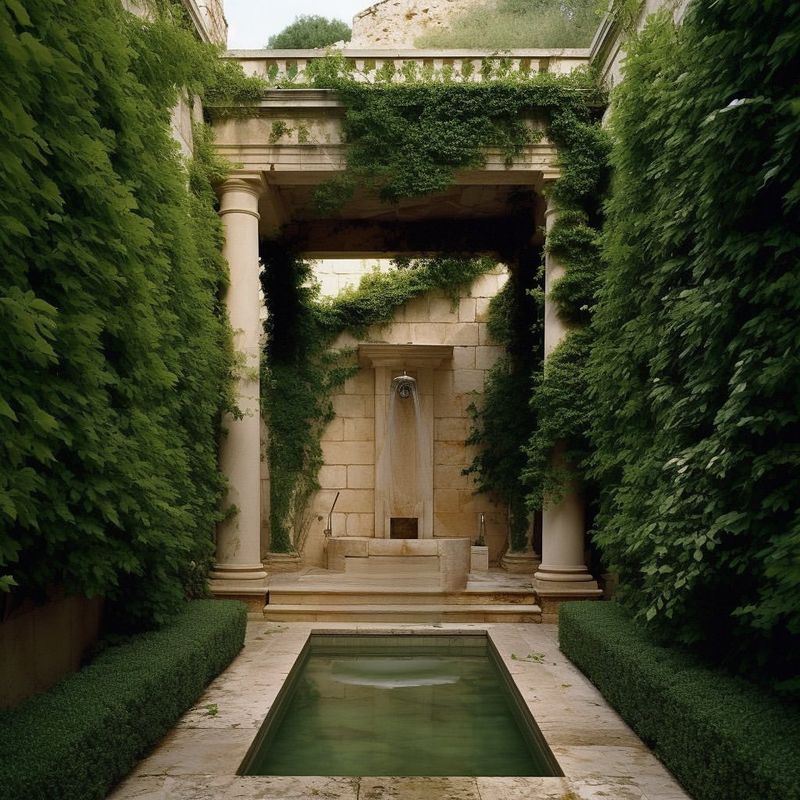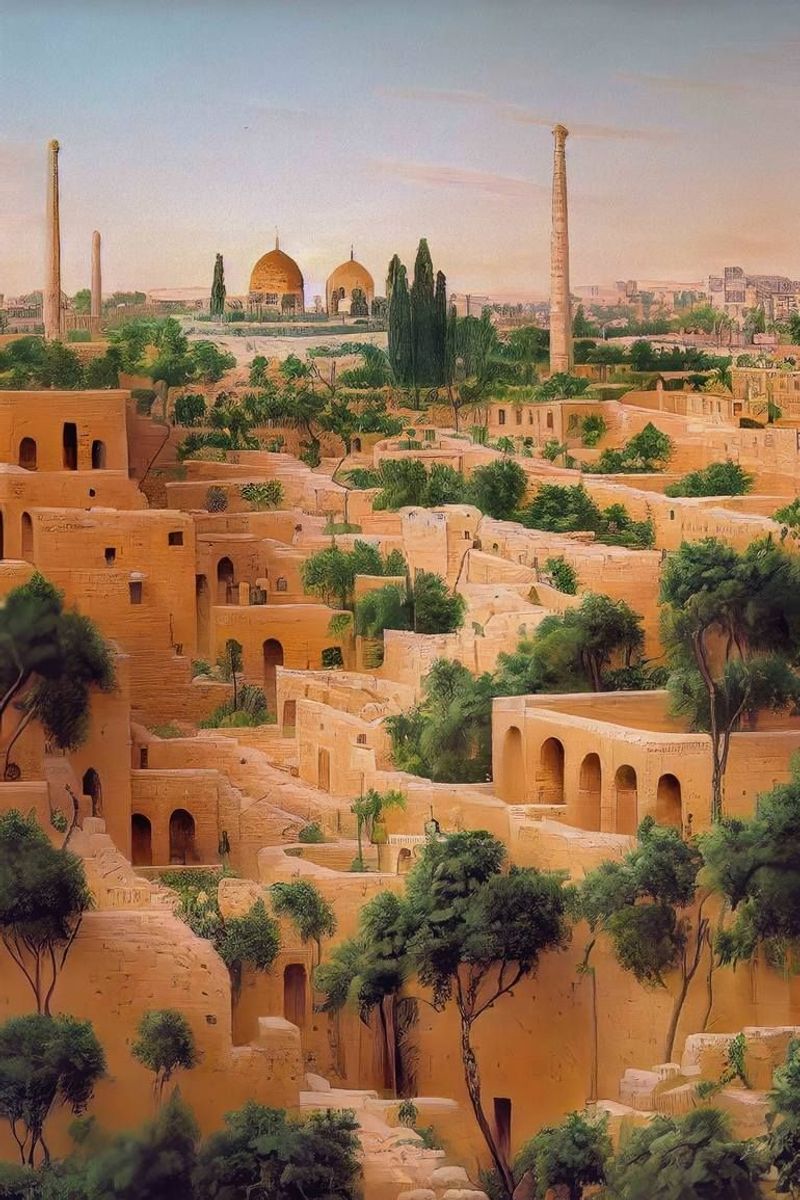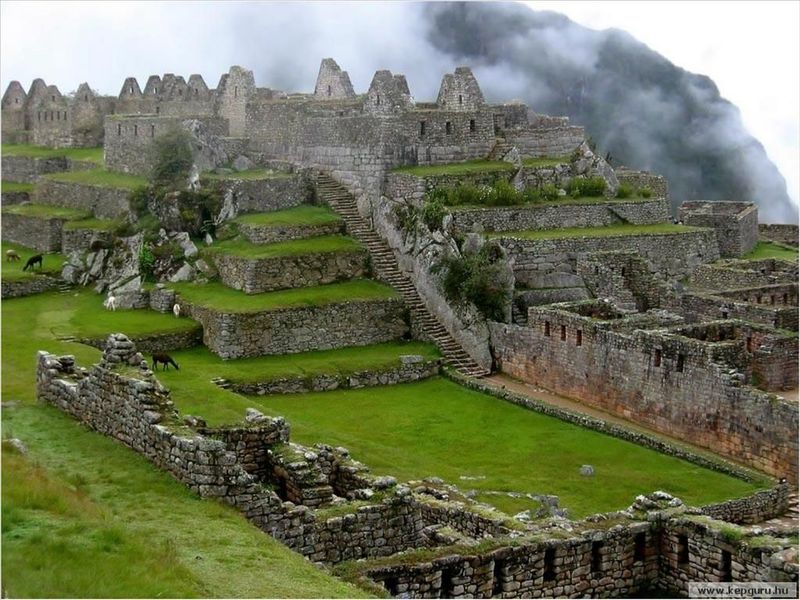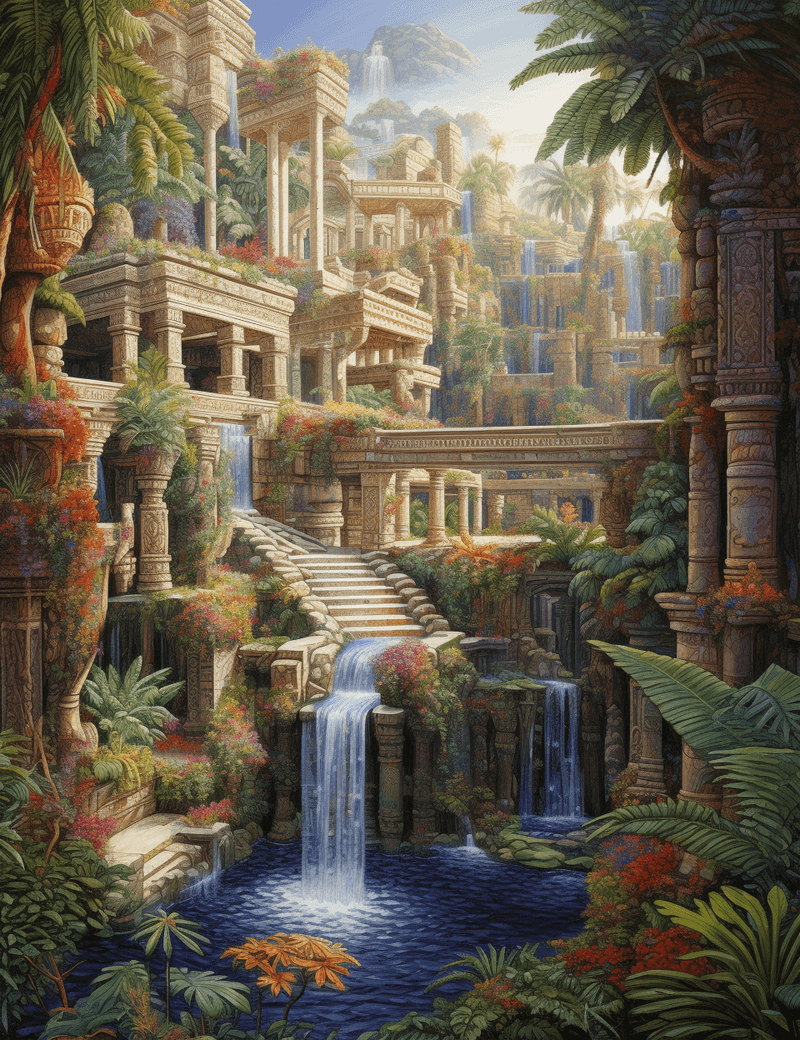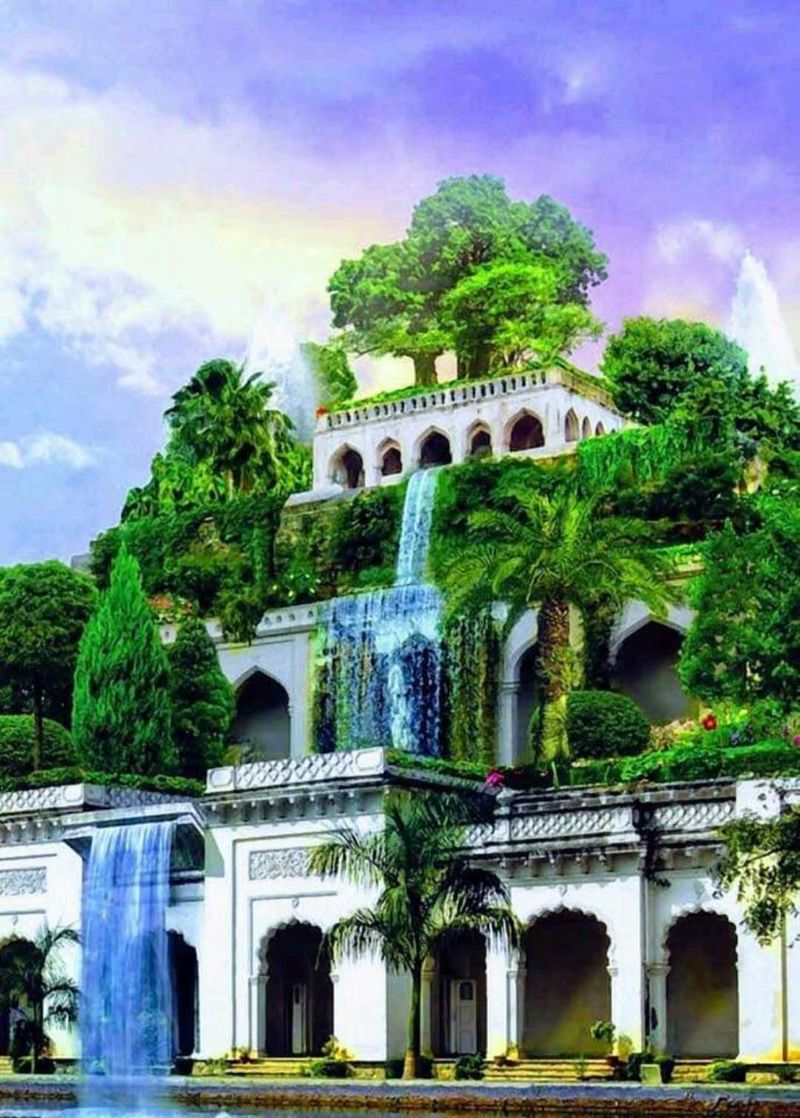The Hanging Gardens of Babylon, one of the Seven Wonders of the Ancient World, continue to captivate imaginations with their legendary beauty and mystery. Despite debates over their existence, these gardens inspire awe through tales of lush terraces, intricate engineering, and royal romance. Join us as we explore ten unbelievable facts that surround this ancient marvel, shedding light on its mysteries and offering a glimpse into the grandeur of what might have been.
Mythical Existence
The existence of the Hanging Gardens of Babylon remains one of history’s most intriguing mysteries. Despite being listed among the Seven Wonders, there’s no definitive archaeological evidence to prove they existed. Ancient texts from Greek and Roman authors describe the gardens’ grandeur, yet their accounts are often considered second-hand.
Some scholars suggest that these gardens were a myth or misattribution, possibly confused with gardens in Nineveh. The lack of concrete evidence fuels debates, adding an air of mystery and speculation to the tale of these legendary gardens.
Engineering Marvel
The Hanging Gardens were reputedly an engineering marvel, showcasing advanced irrigation techniques. Descriptions highlight a sophisticated system of pumps and pulleys, drawing water from the Euphrates to nourish the gardens.
This feat would have required remarkable ingenuity, possibly involving a chain pump or screw lift. The ability to maintain lush greenery in a desert climate stands as a testament to the intelligence and creativity of ancient engineers. The gardens’ supposed self-sustaining ecosystem inspires modern parallels in sustainable architecture and design.
Royal Love Story
Legend has it that the gardens were built by King Nebuchadnezzar II for his wife, Queen Amytis. Missing the green hills of her homeland, she longed for natural beauty amidst Babylon’s arid landscape.
In a display of love and devotion, Nebuchadnezzar constructed the gardens to mimic her native environment. Though this tale romanticizes their purpose, historical records lack direct evidence connecting the gardens to the king or queen. Whether fact or fiction, the story adds a personal, human element to the grandeur of the gardens.
Unprecedented Scale
The supposed scale of the Hanging Gardens was unprecedented, featuring tiered terraces rising majestically above the plains. Ancient descriptions suggest they were large enough to host trees, shrubs, and a variety of exotic flora.
These terraces would have created a stunning green oasis in the midst of the sprawling city, visible from afar. The gardens’ size and complexity symbolize the ambition and opulence of Babylonian society, leaving one to wonder about the logistical prowess required to construct such a magnificent site.
Inspiration for Future Gardens
The myth of the Hanging Gardens has inspired countless gardens and green spaces throughout history. Artists and architects draw upon the legendary terraces when designing urban parks and botanical gardens.
This inspiration reflects humanity’s enduring desire to harmonize nature with urbanity. While the gardens’ exact appearance remains speculative, their concept fuels the imagination, prompting innovative landscape designs. Their legacy persists in modern efforts to create sustainable, integrated green spaces in urban environments.
Cultural Symbolism
In Babylonian culture, gardens symbolized prosperity, abundance, and divine favor. The Hanging Gardens, if they existed, would have embodied these ideals through their lush plant life and ingenious design. They represented a microcosm of paradise, illustrating the kingdom’s wealth and cultural sophistication.
This symbolism extended beyond aesthetics, embodying the connection between humanity, nature, and the divine. The gardens’ cultural impact transcends historical evidence, resonating with people as a timeless symbol of human ingenuity and aspiration.
Debated Location
The precise location of the Hanging Gardens remains a topic of debate among historians. Some suggest they were situated in Babylon, near the royal palace. Others propose they were located in Nineveh, as Assyrian records hint at similar gardens.
The lack of conclusive evidence leaves their exact whereabouts shrouded in mystery. This ongoing debate fuels interest in ancient Mesopotamian sites, encouraging archaeological exploration and discovery in the region. The uncertainty invites curiosity and wonder, adding layers to the gardens’ legendary status.
Artistic Representations
Throughout history, the Hanging Gardens have been depicted in various artistic representations. These works, ranging from ancient sculptures to modern paintings, envision the gardens’ grandeur and beauty.
Artists have creatively interpreted ancient descriptions, each adding their own flair to the myth. These artistic endeavors keep the legend alive, offering visual narratives that captivate audiences. As a source of inspiration, the gardens continue to influence art and culture, serving as a canvas for imagination and creativity.
Symbol of Wonder
As one of the Seven Wonders, the Hanging Gardens symbolize ancient marvels and human achievement. Their inclusion in this prestigious list ensures they are remembered even amid debates on their existence.
The gardens represent humanity’s limitless potential to create beauty and harmony with nature. This legacy persists, inspiring awe and wonder across generations. Even without physical remains, their story stands as a testament to human creativity and the pursuit of the extraordinary.
Influence on Literature
The allure of the Hanging Gardens extends into literature, where they feature prominently in historical texts and fiction. Writers have immortalized the gardens, weaving them into stories that blend fact and fantasy.
Their mythic status allows for creative storytelling, exploring themes of beauty, power, and loss. This literary influence ensures the gardens’ continued presence in cultural narratives, enriching our understanding of ancient civilizations. By inspiring writers and poets, the gardens contribute to the tapestry of human expression and imagination.
